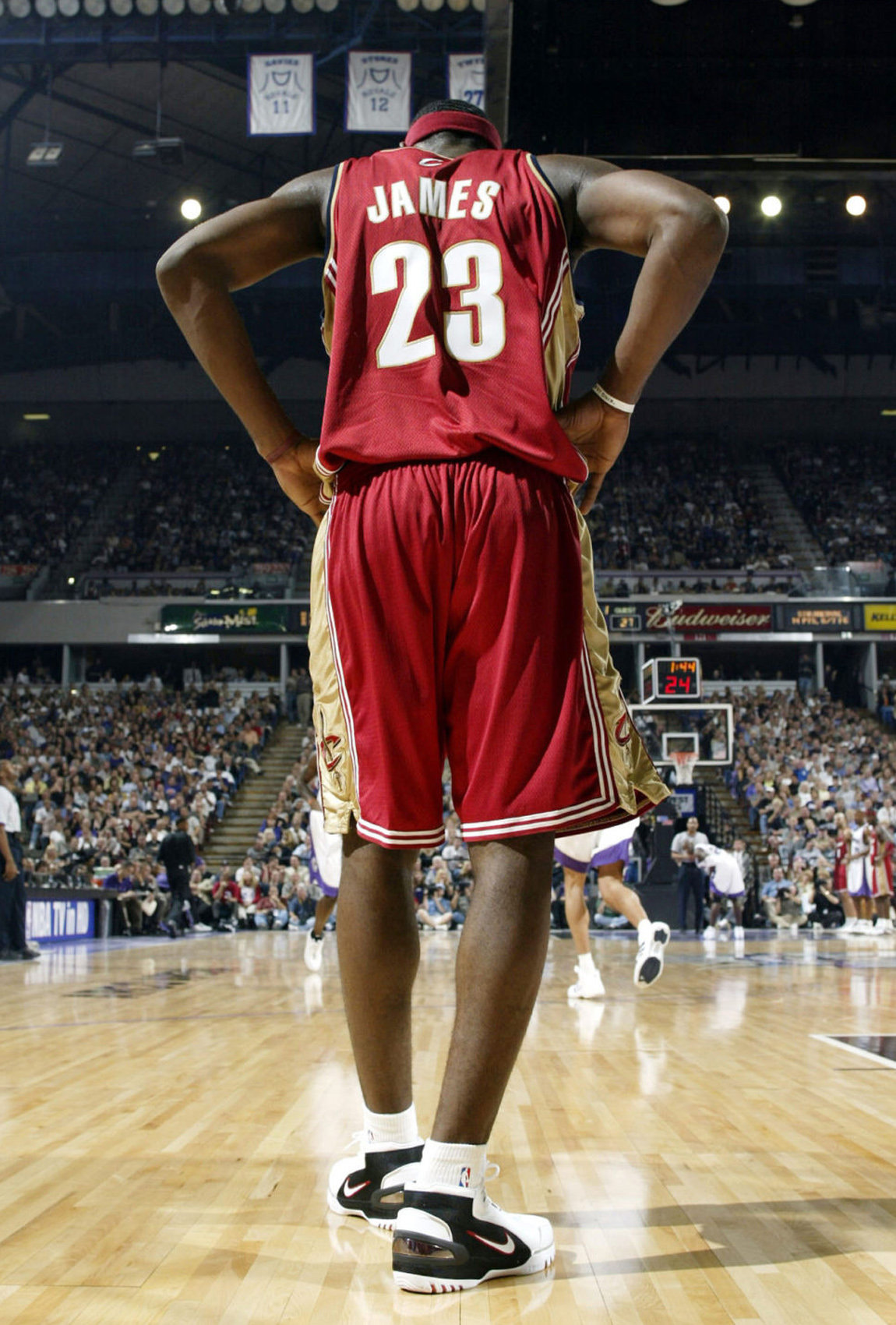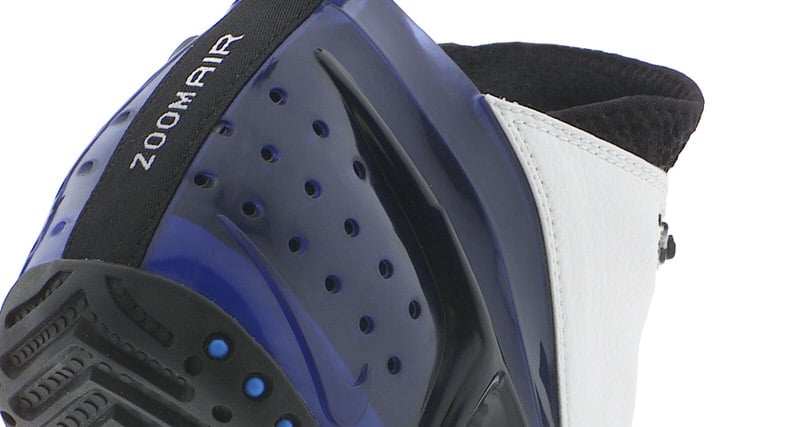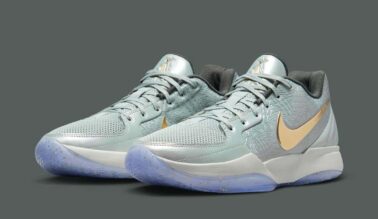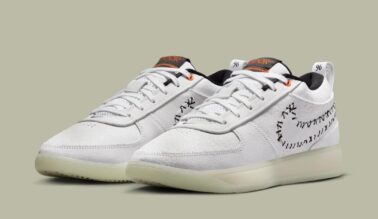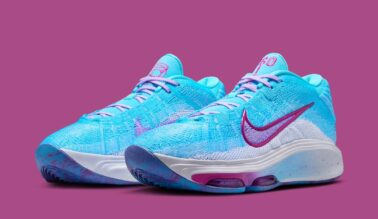This post may contain affiliate links. Please read our disclosure policy.
words by Rob Falchi
When Air technology debuted on the ’78 Air Tailwind it felt like Nike invented the best thing since sliced bread. Air bubbles eventually outgrew their place within midsoles and became visible in 1987 with the Air Max 1. So it went, with each passing year advancements continued in Air research giving us larger, stronger, and more cushioned Air units. After 10+ years of using Air in everything from basketball to cross-training, Nike needed something new.
Enter Tensile Air, Nike’s next step in Air technology…
Tensile Air deviated from the quest for larger Air units and instead shrunk Air down into more compact, responsive units. This new Tensile Air debuted in a trifecta of Nike models in 1995 (one for basketball, running and cross-training respectively) under the LWP or ‘Light Weight Performance’ banner. Nike Basketball’s Air Go LWP was made popular by stars like Reggie Miller, Penny Hardaway and the shoe’s poster child – Tim Hardway.
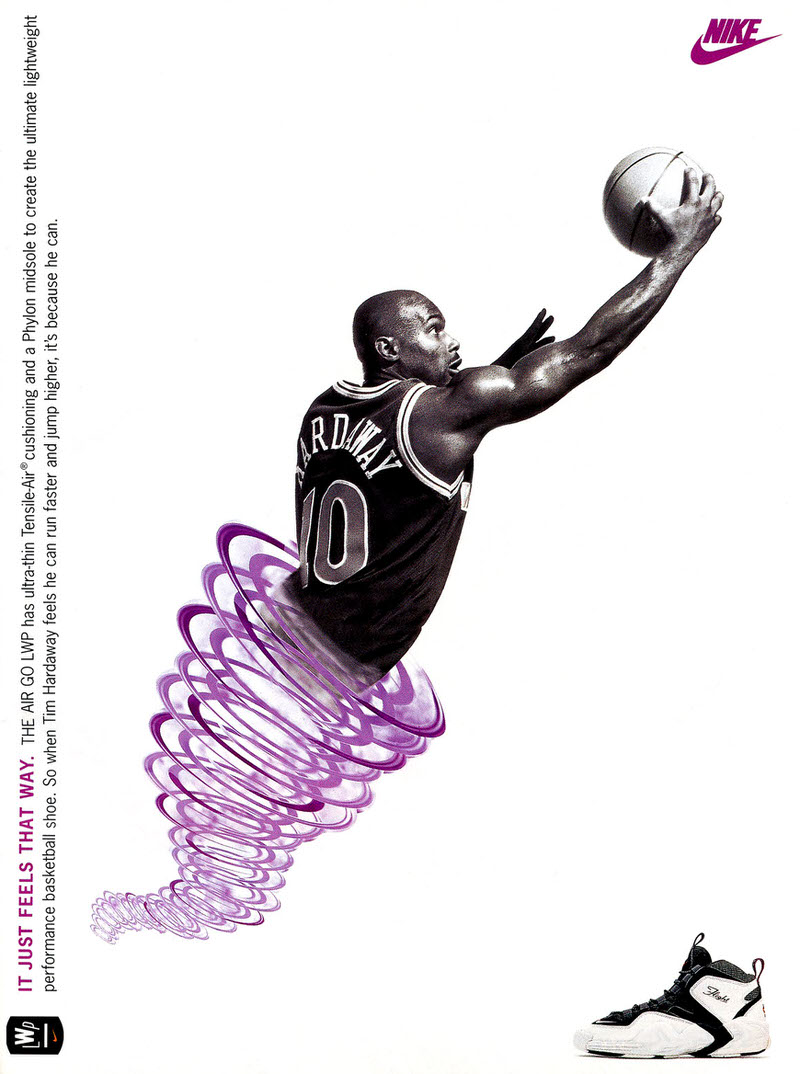
Lack of weight, increased responsiveness, and enhanced court feel are credited for the Go LWP’s success and its resounding approval from pros and fans alike showed that Tensile Air had some serious hoops applications. What makes Tensile Air so great for basketball is the unit’s rebounding properties. Tensile (go figure) fibers within the unit compressed when the player’s foot landed and then sprang back into place for a push-off like effect.
So, at this point you’re probably asking yourself, “Why does this article keep talking about Tensile Air, the title says Zoom Air?”
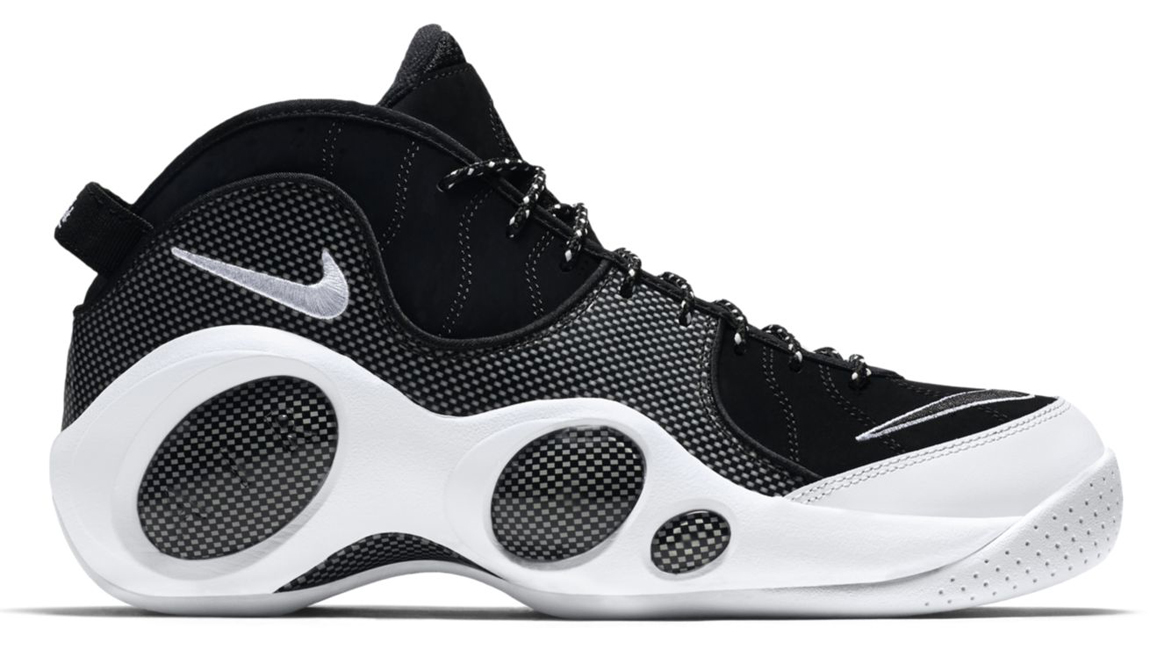
Good question, folks – Tensile Air is Zoom Air!
Nike rebranded the technology after its use in Jason Kidd’s Air Zoom Flight 95, probably because ‘Zoom’ just rolls off the tongue better. Kidd’s futuristic silhouette was worn throughout his early days in Dallas and helped Zoom reach the feet of new hoopers across the globe because of the Air Flight franchise’s commercial success.
Along with Kidd, a host of young point guards laced the Zoom Flight 95 during its debut.
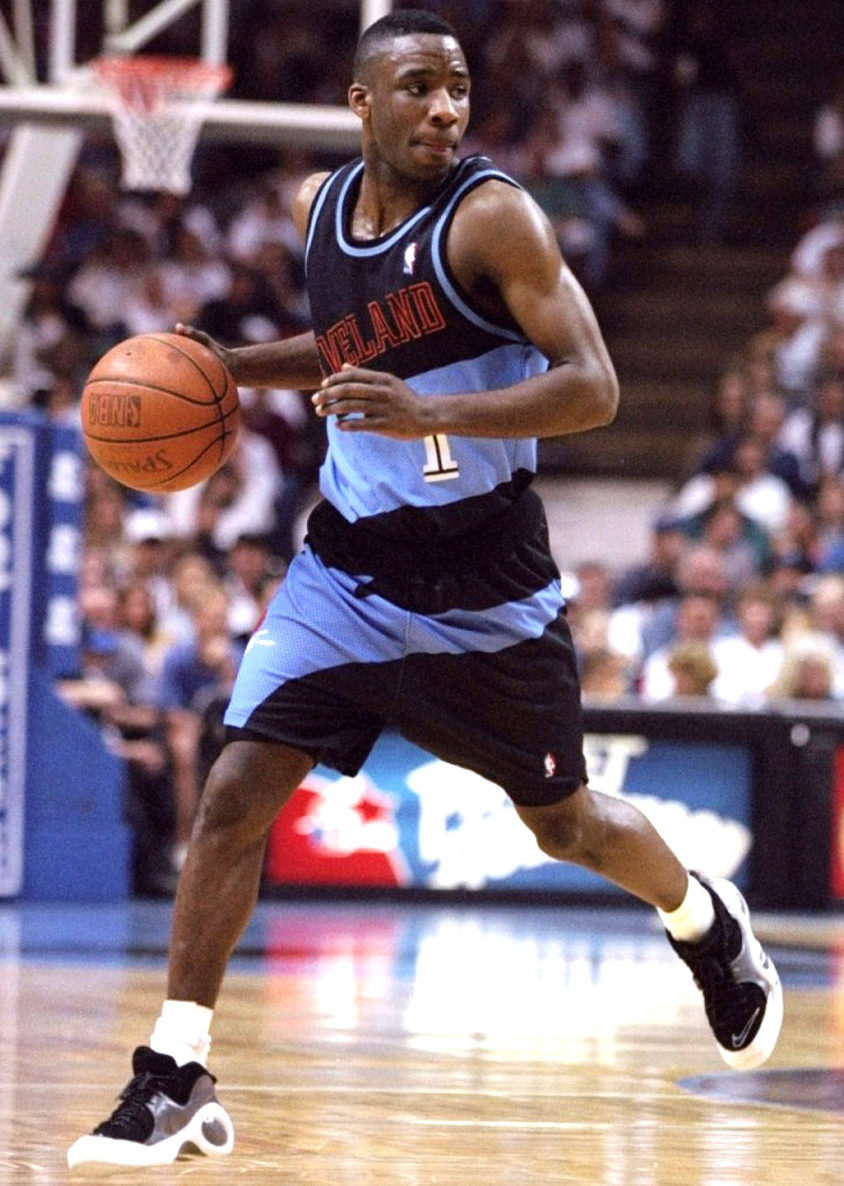
After two massive successes in the Go LWP and Zoom Flight 95 Nike decided to add Zoom to the most illustrious line in the land.
That’s right, Air Jordans.
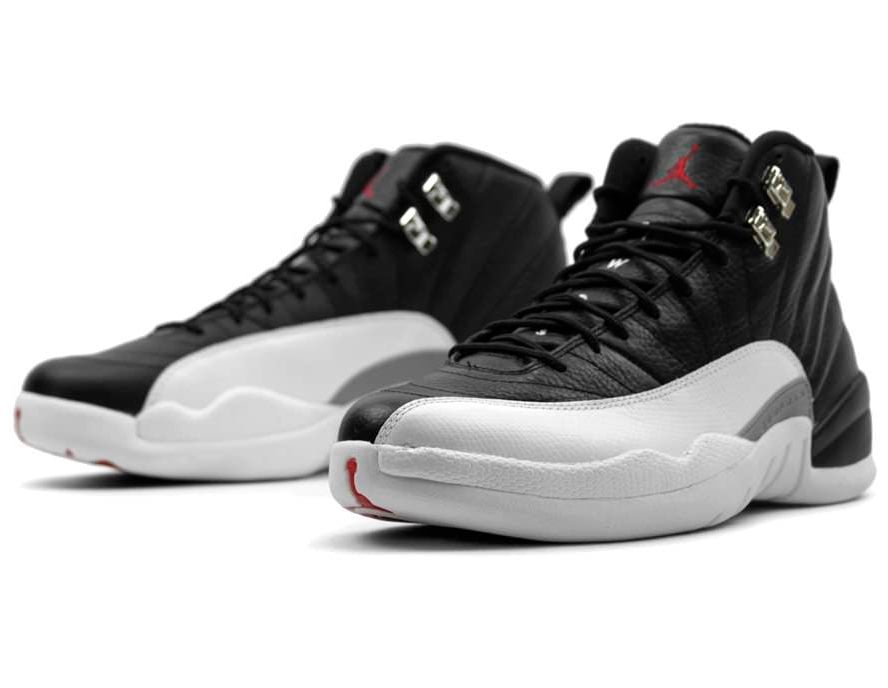
Fitting, right? Jordan helped popularize traditional Air with the game and the line as a whole historically houses Nike’s latest and greatest technology available. So, when the Air Jordan 12 dropped in 1996 with heel and forefoot Zoom the game officially changed forever.
The 13s followed suit and since then Zoom continues to be the cushioning system of choice for Jordan Brand with variations ranging from I.P.S. (Independent Podular System) Zoom used on the Jordan XX and XX1 to Zoom’s use within the ultra-comfortable FlightPlate system found in various Jordan models since the AJ XX8.
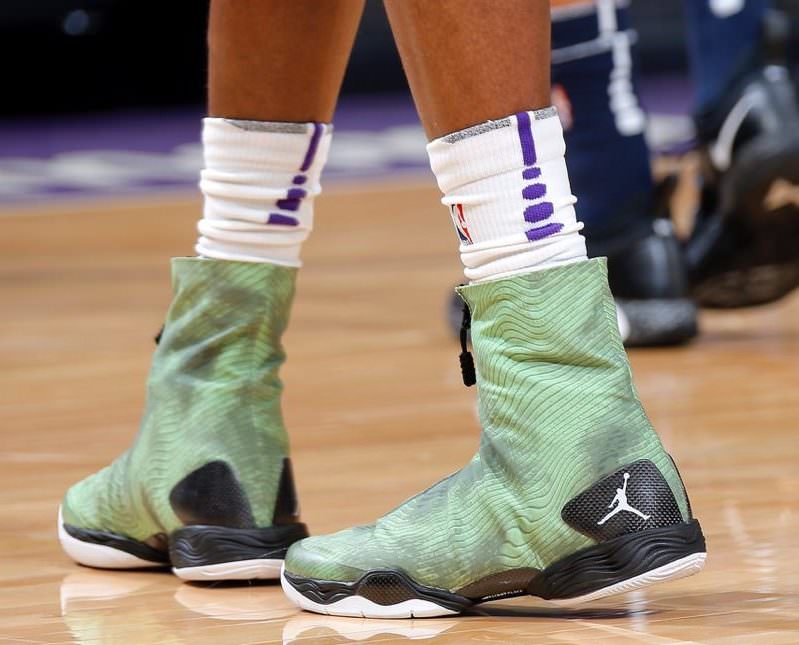
Year-after-year, Zoom Air serves as the common denominator amongst some of Nike Basketball’s greatest footwear.
Even dating back to 1997, the Foamposite wouldn’t have worked without Zoom. The shoes would’ve been even heavier and lacked the responsiveness needed for the full benefits of the molded upper without Zoom.
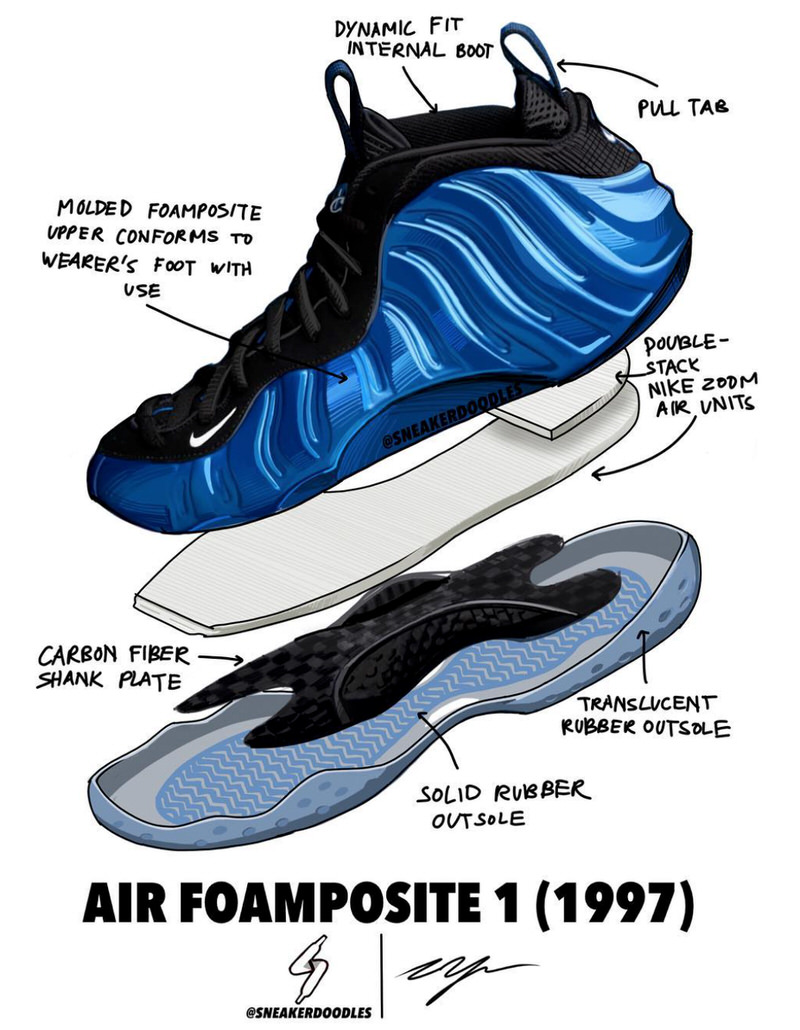
In the early 2000s, daring models from the Alpha Project like the Flightposite and Ultraflight relied heavily on Zoom to round out the shoe’s futuristic appeal with futuristic on-foot feel.
Zoom allowed shoes like these and others to excel because of the unit’s low profile and big cushioning. Very literally in those cases, as Zoom uses very little real estate inside of a midsole.
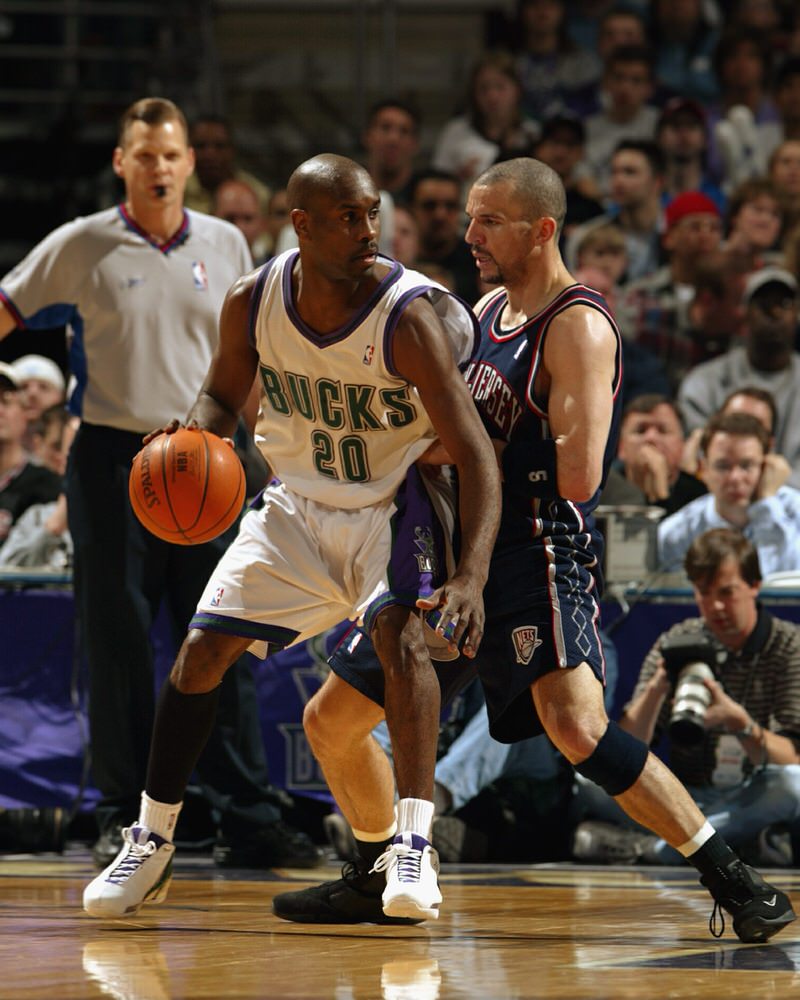
Following the popularization of Zoom as a premier cushioning setup, Nike started experimenting with Zoom Air’s anatomy.
In the Zoom Huarache 2k4, dual-sized Air bags were used in the form of an enlarged heel Zoom unit in the heel with a smaller, more springy, Zoom unit in the forefoot. Using two sizes resulted in added performance in regions of the shoe that needed it most.
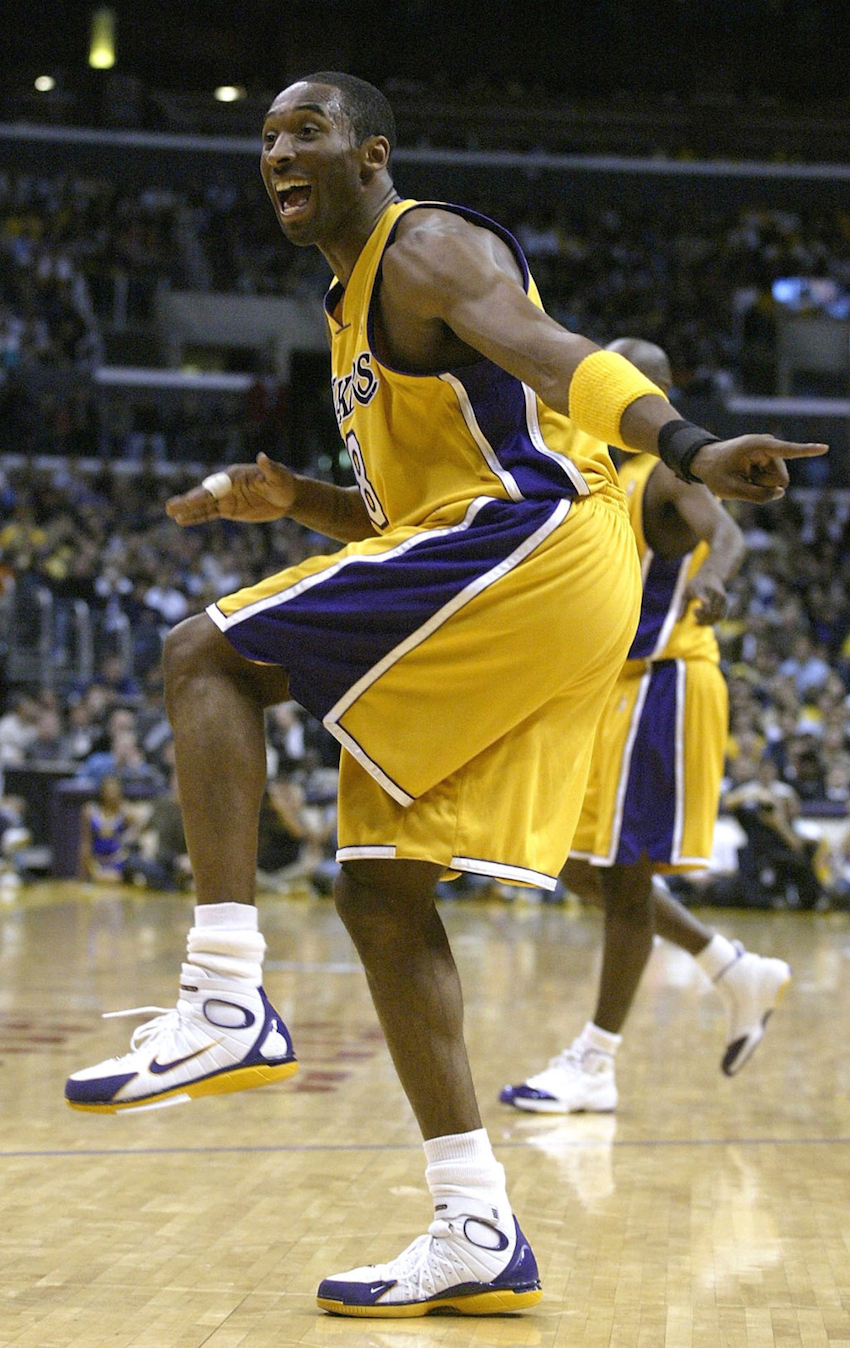
In that same year Nike debuted the Zoom LeBron 2 with their newly refined Caged Air that allowed Zoom to shine through — literally. With Caged Air almost every component surrounding the Air bag was literally stripped away, resulting in a fattened Zoom unit completely exposed behind a Pebax cage. This new freedom allowed for even more responsive cushioning and comfort. Added visibility always helped drive home a shoe’s tech point because showing consumers the technology at work makes them feel more connected. Designing the LeBron 2 with Caged Zoom — along with the sporty Zoom Drive — helped define what early 2000 Nike hoops shoes looked and felt like and showed that Zoom could adapt to any situation.
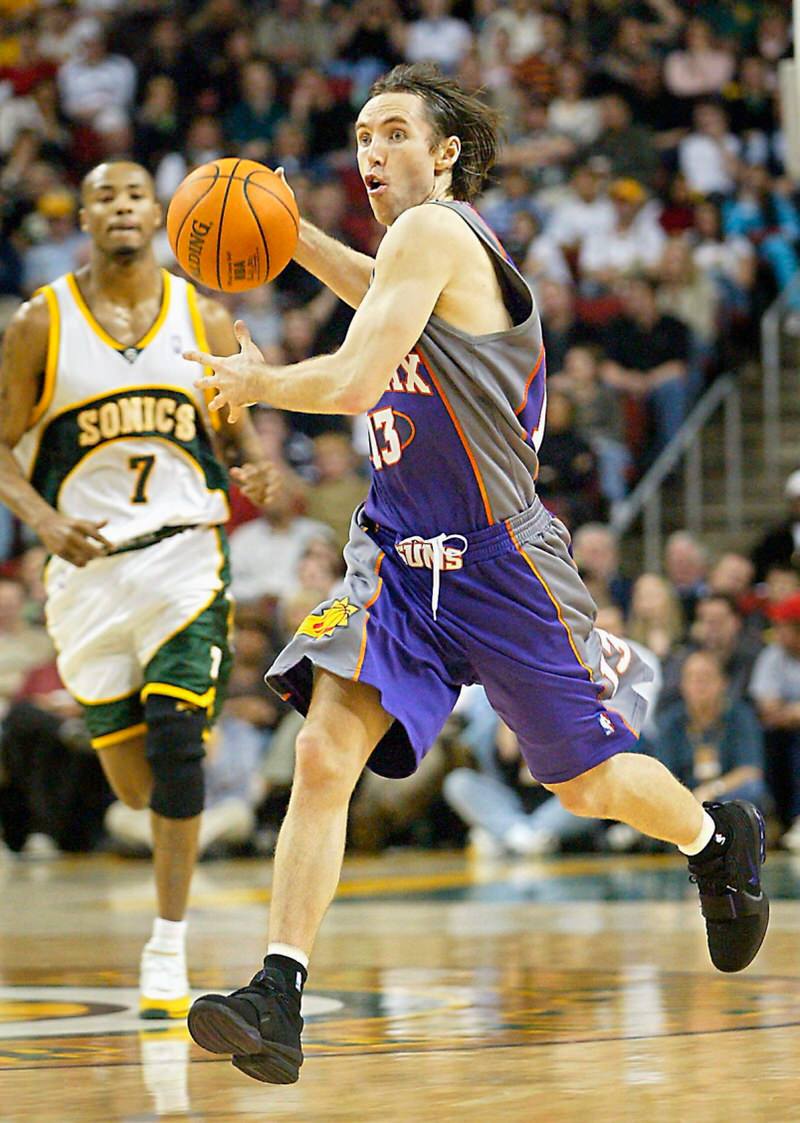
During the 2010s, modern basketball ingenuity has taken Zoom to another stratosphere. For example, the LeBron X was the first hoops shoe to use full-length visible Zoom Air and the technique continued with models like the KD IX and X.
LeBron’s twelfth signature continued Zoom’s evolution with region-specific, podulated Zoom Air units in high impact regions of the foot. Both versions of Zoom emulate the plushness of traditional Max Air without feeling too soft under-foot.
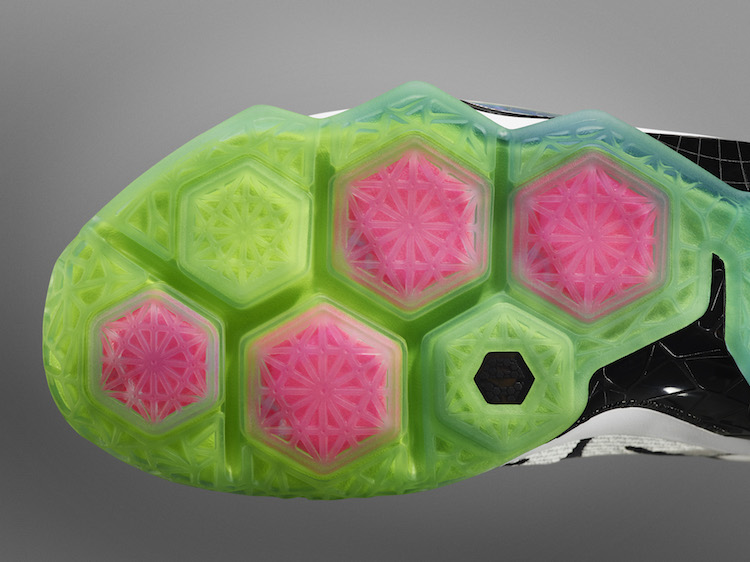
While we’ve touched on Zoom Air in the ’90s and early ’00s, this sweet history lesson in Zoom brings us to now, 2018, and the latest Zoom Air iteration dubbed Zoom Turbo.
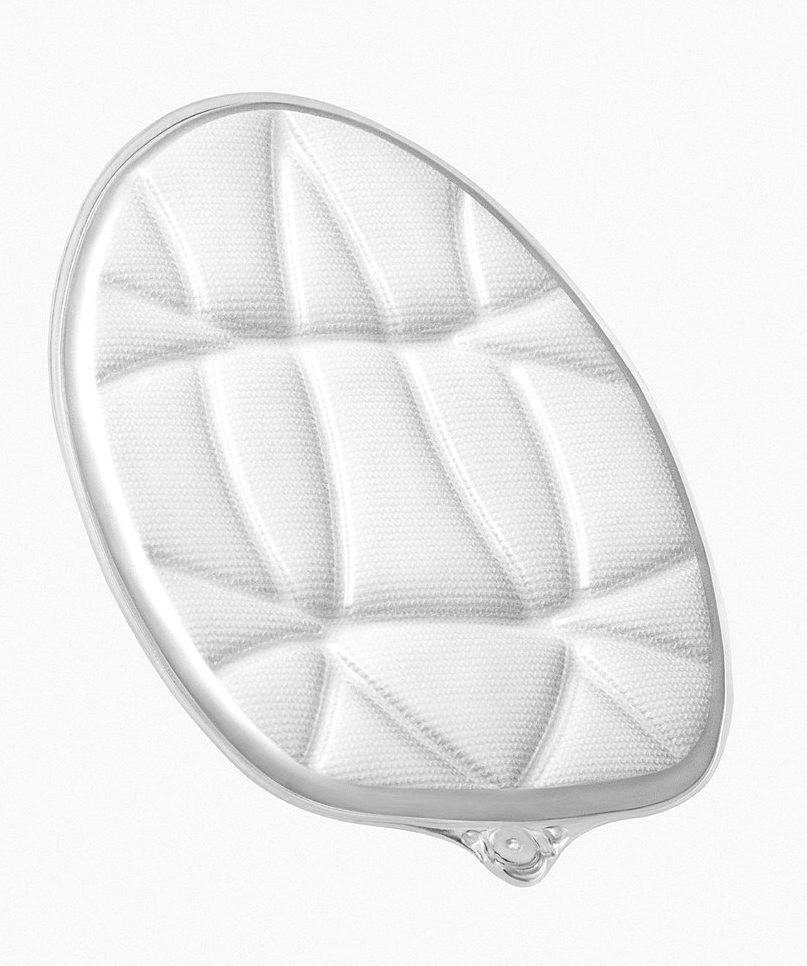
Nike’s turbocharged units can be found in the brand new Nike Kyrie 5 and are designed to provide Zoom’s fantastic ‘bounce-back’ properties in a wide range of directions.
In the past Zoom Air cushioned vertical actions like jumping and landing, but Zoom Turbo’s multi-directional construction unleashes Zoom in every direction.
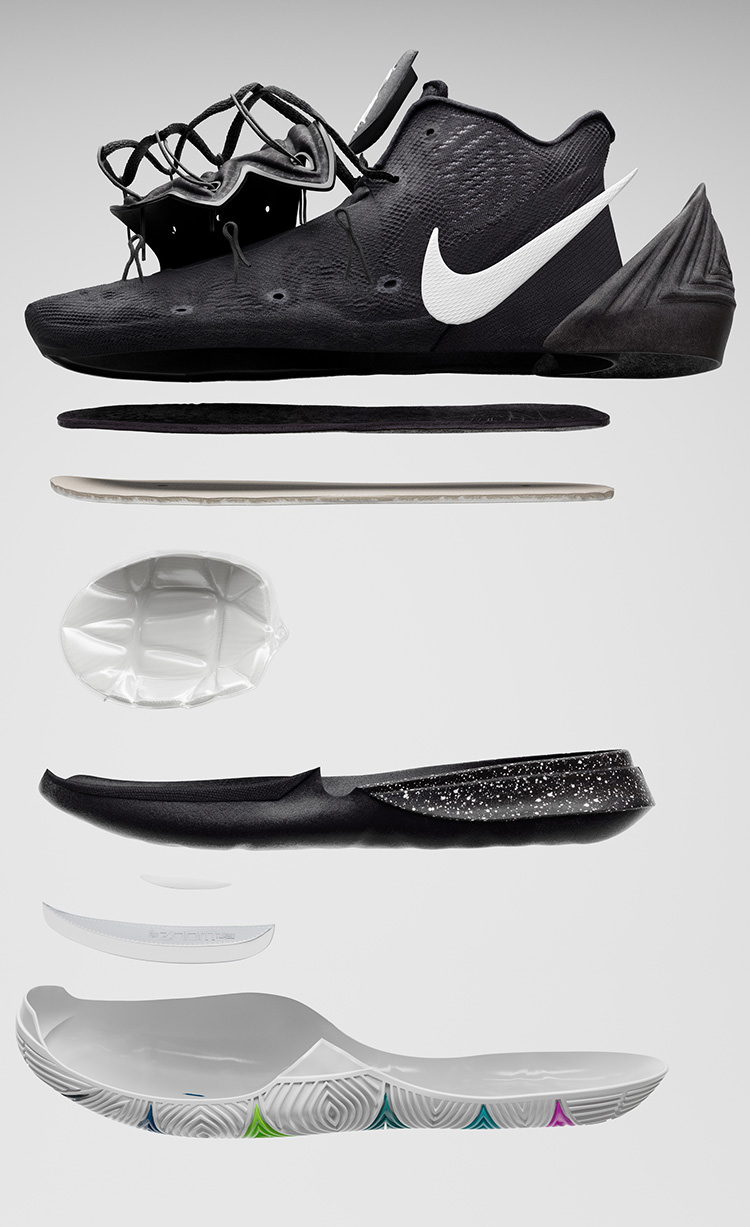
As you can see, the Zoom Turbo unit is pressed into regions allowing for omnidirectional responsive cushioning. Nike strategically placed their new tech in the forefoot of the Kyrie 5 because of Irving’s tendency to play on the balls of his feet while shifting from left to right.
Being built like a video game controller’s directional pad design allows wearers to do just that – play with their defenders as they blow by the opposition left, right and diagonally.
Over the course of 23 years, Zoom Air has served as a key cog in Nike Basketball’s quest to rule the hardwood. Skeptics say it’s time for Nike to retire Zoom due to the technology’s age. But, hey, if it ain’t broke, don’t fix it!
For many of us, Zoom Air still reigns as the best cushioning apparatus for hooping — period. Long live the Zoom!
